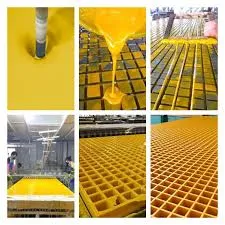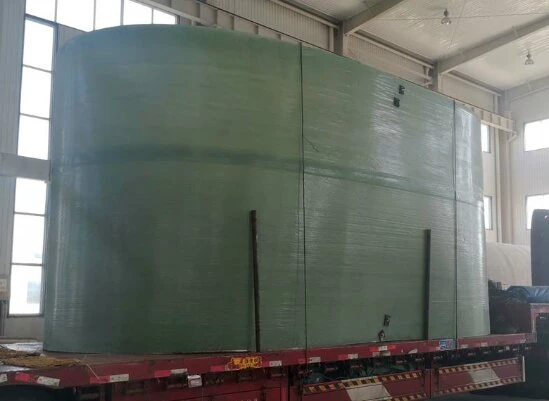
-
 Afrikaans
Afrikaans -
 Albanian
Albanian -
 Amharic
Amharic -
 Arabic
Arabic -
 Armenian
Armenian -
 Azerbaijani
Azerbaijani -
 Basque
Basque -
 Belarusian
Belarusian -
 Bengali
Bengali -
 Bosnian
Bosnian -
 Bulgarian
Bulgarian -
 Catalan
Catalan -
 Cebuano
Cebuano -
 China
China -
 China (Taiwan)
China (Taiwan) -
 Corsican
Corsican -
 Croatian
Croatian -
 Czech
Czech -
 Danish
Danish -
 Dutch
Dutch -
 English
English -
 Esperanto
Esperanto -
 Estonian
Estonian -
 Finnish
Finnish -
 French
French -
 Frisian
Frisian -
 Galician
Galician -
 Georgian
Georgian -
 German
German -
 Greek
Greek -
 Gujarati
Gujarati -
 Haitian Creole
Haitian Creole -
 hausa
hausa -
 hawaiian
hawaiian -
 Hebrew
Hebrew -
 Hindi
Hindi -
 Miao
Miao -
 Hungarian
Hungarian -
 Icelandic
Icelandic -
 igbo
igbo -
 Indonesian
Indonesian -
 irish
irish -
 Italian
Italian -
 Japanese
Japanese -
 Javanese
Javanese -
 Kannada
Kannada -
 kazakh
kazakh -
 Khmer
Khmer -
 Rwandese
Rwandese -
 Korean
Korean -
 Kurdish
Kurdish -
 Kyrgyz
Kyrgyz -
 Lao
Lao -
 Latin
Latin -
 Latvian
Latvian -
 Lithuanian
Lithuanian -
 Luxembourgish
Luxembourgish -
 Macedonian
Macedonian -
 Malgashi
Malgashi -
 Malay
Malay -
 Malayalam
Malayalam -
 Maltese
Maltese -
 Maori
Maori -
 Marathi
Marathi -
 Mongolian
Mongolian -
 Myanmar
Myanmar -
 Nepali
Nepali -
 Norwegian
Norwegian -
 Norwegian
Norwegian -
 Occitan
Occitan -
 Pashto
Pashto -
 Persian
Persian -
 Polish
Polish -
 Portuguese
Portuguese -
 Punjabi
Punjabi -
 Romanian
Romanian -
 Russian
Russian -
 Samoan
Samoan -
 Scottish Gaelic
Scottish Gaelic -
 Serbian
Serbian -
 Sesotho
Sesotho -
 Shona
Shona -
 Sindhi
Sindhi -
 Sinhala
Sinhala -
 Slovak
Slovak -
 Slovenian
Slovenian -
 Somali
Somali -
 Spanish
Spanish -
 Sundanese
Sundanese -
 Swahili
Swahili -
 Swedish
Swedish -
 Tagalog
Tagalog -
 Tajik
Tajik -
 Tamil
Tamil -
 Tatar
Tatar -
 Telugu
Telugu -
 Thai
Thai -
 Turkish
Turkish -
 Turkmen
Turkmen -
 Ukrainian
Ukrainian -
 Urdu
Urdu -
 Uighur
Uighur -
 Uzbek
Uzbek -
 Vietnamese
Vietnamese -
 Welsh
Welsh -
 Bantu
Bantu -
 Yiddish
Yiddish -
 Yoruba
Yoruba -
 Zulu
Zulu
Feb . 13, 2025 23:59
Back to list
frp damper
In the rapidly evolving world of industrial components, the role of the FRP (Fiber-Reinforced Plastic) damper is becoming increasingly critical. As industries expand and the demand for efficient, durable, and adaptable solutions rises, FRP dampers stand out as a prime example of innovation in action.
From an environmental standpoint, FRP dampers are an example of how industries can pivot towards sustainability without compromising performance. Their production process is generally more energy-efficient compared to traditional metal fabrications. Furthermore, the long service life of FRP dampers minimizes the need for frequent replacements, thereby reducing industrial waste. In sectors committed to eco-friendly practices, the adoption of FRP dampers supports corporate social responsibility goals and promotes a green image to stakeholders. Trustworthiness in the performance of FRP dampers is also exemplified by rigorous quality testing. Manufacturers subject these components to a battery of stress, load, and corrosion tests to ensure they meet international standards. For end-users, the assurance that an FRP damper has passed stringent validation processes translates into peace of mind and confidence in its long-term viability. Testimonials from facilities managers frequently echo the sentiment that the upfront investment in FRP technology pays dividends in reliability and reduced lifecycle costs. In conclusion, FRP dampers represent not just a product but a paradigm shift in the way industries approach material durability and efficiency. Their benefits—corrosion resistance, strength, lightweight nature, customization, and sustainability—are transforming sectors that prioritize both performance and environmental impact. As industries continue to face new challenges, the FRP damper proves to be an indispensable ally in achieving operational excellence. For stakeholders keen on innovative and durable solutions, investing in FRP technology is a forward-thinking strategy to meet and exceed the demands of modern infrastructure.


From an environmental standpoint, FRP dampers are an example of how industries can pivot towards sustainability without compromising performance. Their production process is generally more energy-efficient compared to traditional metal fabrications. Furthermore, the long service life of FRP dampers minimizes the need for frequent replacements, thereby reducing industrial waste. In sectors committed to eco-friendly practices, the adoption of FRP dampers supports corporate social responsibility goals and promotes a green image to stakeholders. Trustworthiness in the performance of FRP dampers is also exemplified by rigorous quality testing. Manufacturers subject these components to a battery of stress, load, and corrosion tests to ensure they meet international standards. For end-users, the assurance that an FRP damper has passed stringent validation processes translates into peace of mind and confidence in its long-term viability. Testimonials from facilities managers frequently echo the sentiment that the upfront investment in FRP technology pays dividends in reliability and reduced lifecycle costs. In conclusion, FRP dampers represent not just a product but a paradigm shift in the way industries approach material durability and efficiency. Their benefits—corrosion resistance, strength, lightweight nature, customization, and sustainability—are transforming sectors that prioritize both performance and environmental impact. As industries continue to face new challenges, the FRP damper proves to be an indispensable ally in achieving operational excellence. For stakeholders keen on innovative and durable solutions, investing in FRP technology is a forward-thinking strategy to meet and exceed the demands of modern infrastructure.
Next:
Related Products









